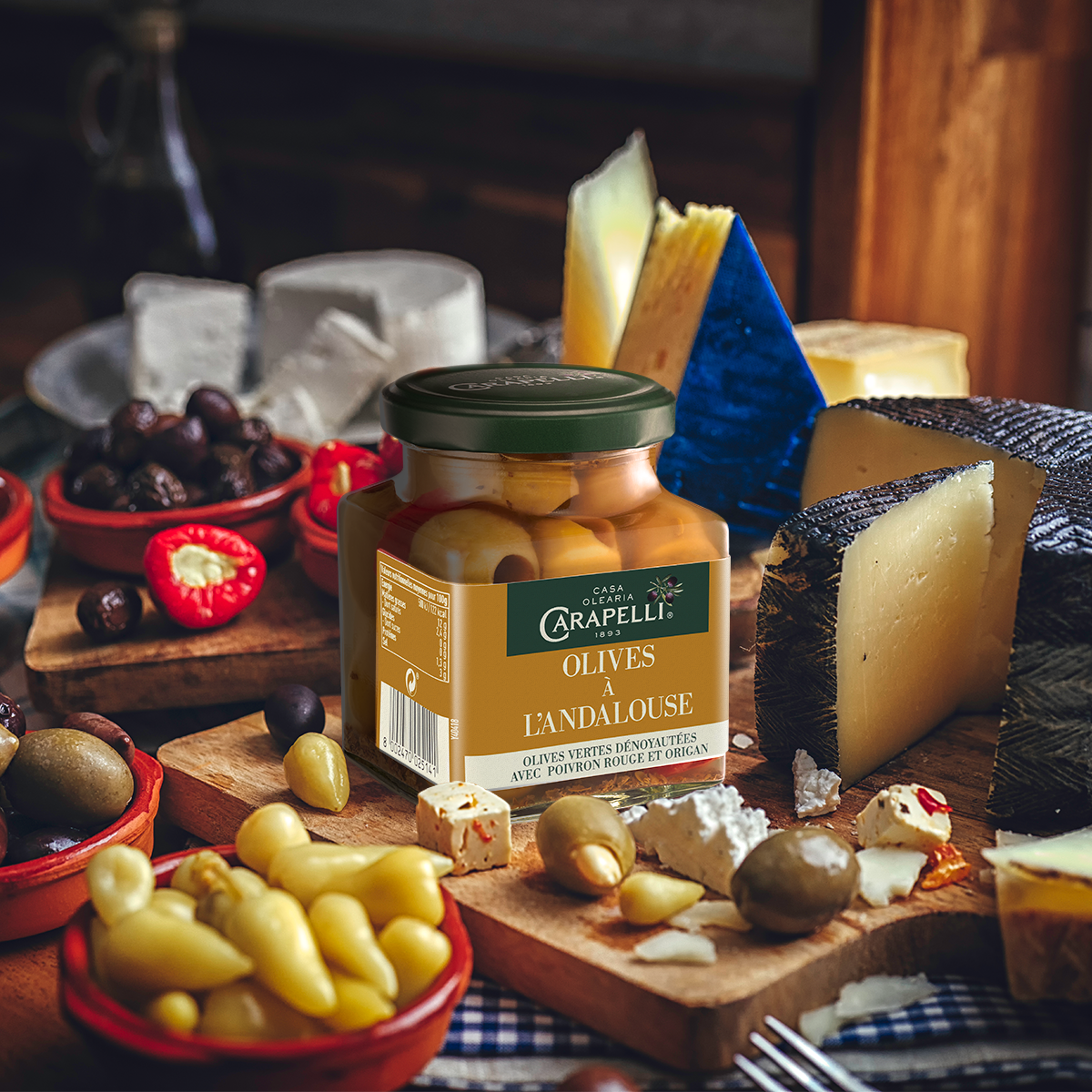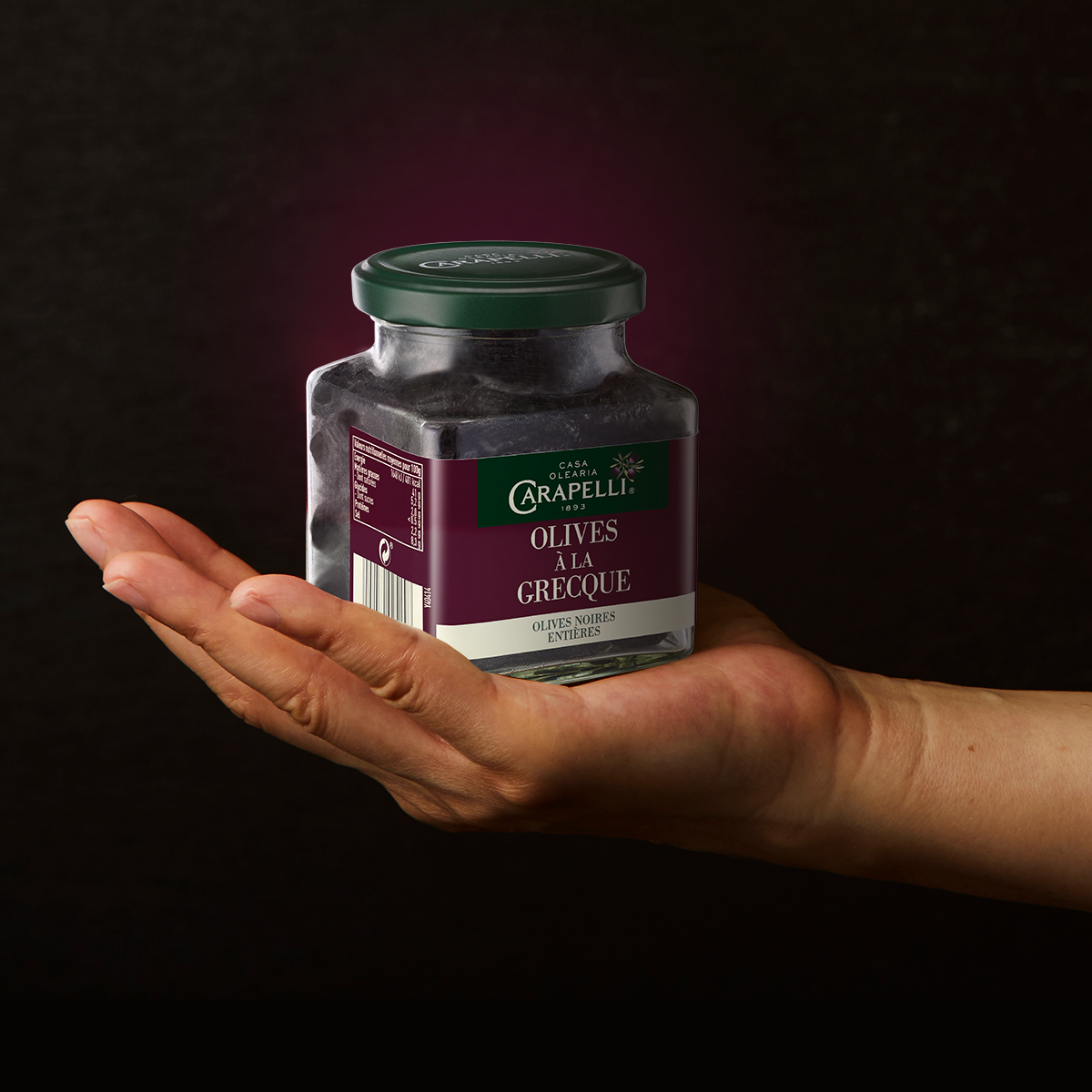What is an olive: Differences between green and black olives
As well as being a delicious delicacy with a whole range of nutritional properties, the olive is, essentially, the fruit from the olive tree. As you are probably aware, it is also the only ingredient in extra virgin olive oil. Discovering what an olive is and its various colors is very enlightening.
As with all fruits, the olive goes through various colors as it develops. It starts with a pale green tone, which gradually darkens until it turns purple and, finally, it reaches peak maturation when it turns black. Green and black olives only differ due to the stage of development they are at.

Both the moment of olive harvesting and the variety of olive tree it comes from go to form a huge classification of oils. What is an olive without a good master oliari? The selection itself is essential for producing olive oils with superb organoleptic qualities. This is how Carapelli oils are created.
The oil produced by each olive
Understanding what an olive is and what its qualities are at different ages is essential to achieve the various organoleptic nuances in the oils that are produced.
• Green olives produce an oil with an intense, spicy and slightly bitter flavor, with aromatic notes of olive leaves, green apple and banana peel.
• Olives with changing colors produce oils that are rich in flavorful aromas and nuances, both green and ripe olives.
• Purple olives produce oils that are less spicy and bitter than those above. Their aroma is reminiscent of ripe fruit and tomato leaves.
• It’s difficult to obtain a good oil from black olives, because the acidity percentage in their fruit prevents the creation of extra virgin oils.




